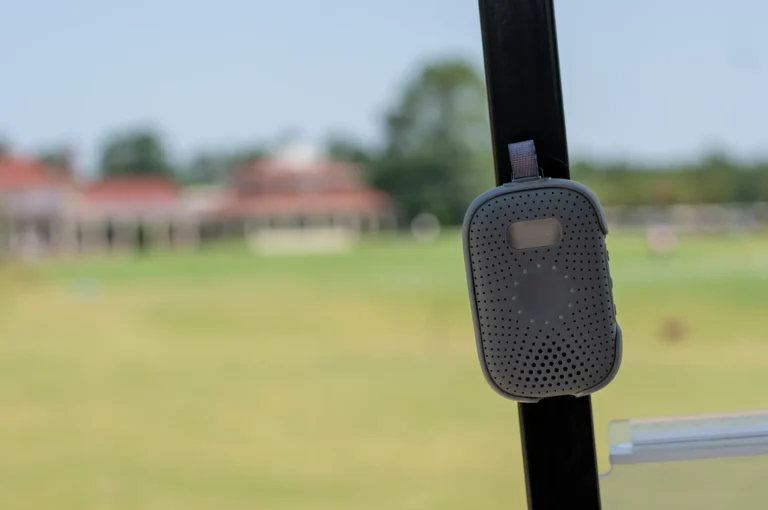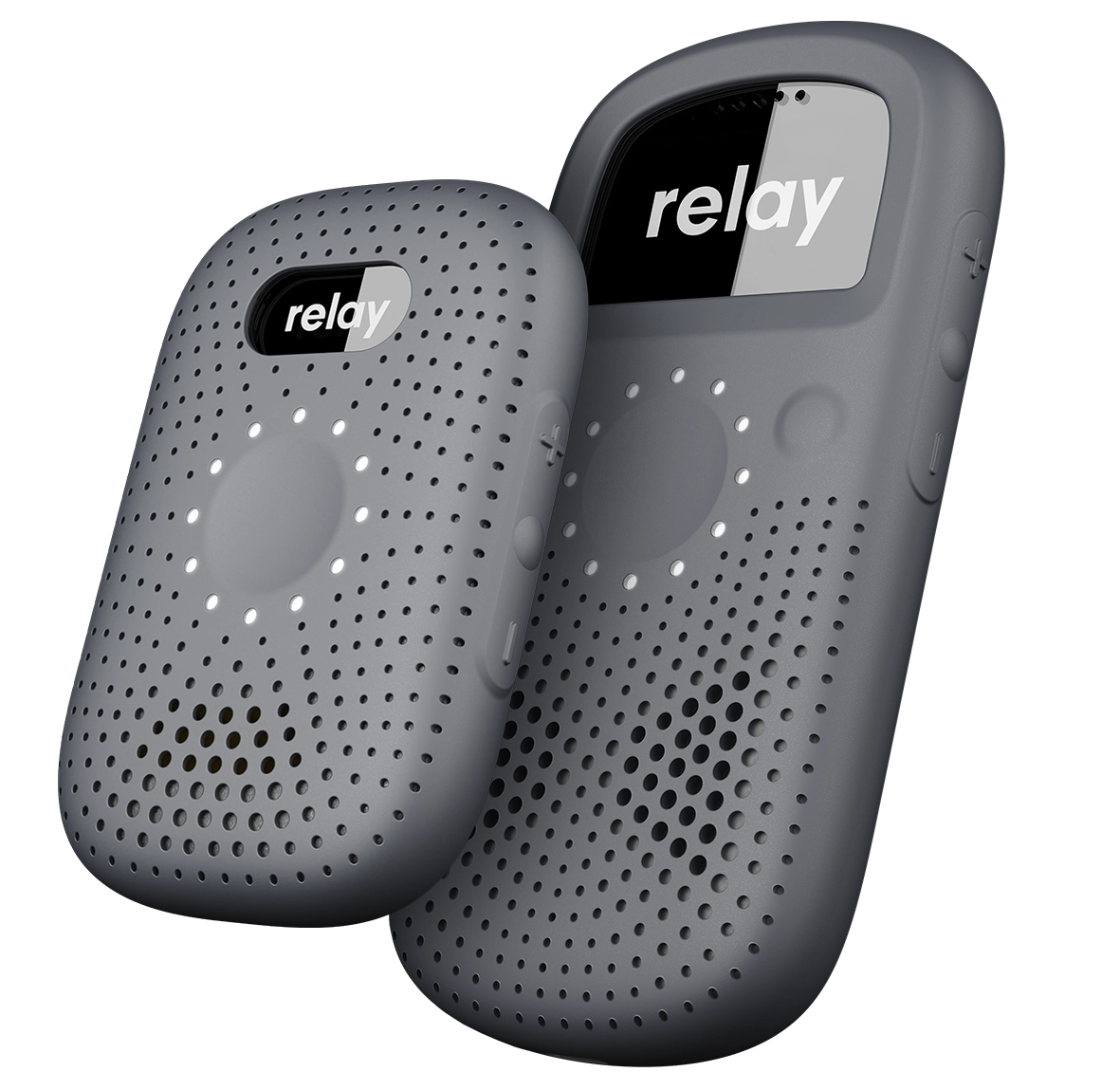I just asked a well-known AI program to write a 5-page research paper entitled “AI in the Classroom,” including in-text citations and a works cited page. In seconds, it produced exactly what I told it to do: 5 pages, in-text citations, and a works cited page.
Impressive to some, scary to others, we cannot deny that AI is upon us. And our students know about it and use it, whether we want them to or not.
As educators, how do we deal with this sudden deluge of artificial intelligence that has become a part of our classroom? It seems we have two choices: resist it by admonishing students about AI’s pitfalls or embrace it by making it a productive part of our educational experience.
What’s Your AI Policy?
Before analyzing the idea of AI in the classroom, do a self-assessment of your school to determine your AI policy. It’s important to establish guidelines for the school community so that all stakeholders know accepted use policies.
If you don’t have a policy, it’s time to create one. If you have a policy, a revisit is always a wise way to proceed. Some things you might consider in your policy are a definition of AI, how to use AI responsibly, and any situations in which AI should not be used.
AI Is Here, and It’s Not Going Anywhere
Love it or hate it, AI is here to stay. It’s a part of our classrooms and a part of our lives. Because of that, resisting it does not seem to be the wise choice. In fact, looking at the potential of AI, it may be time educators figure out ways to embrace it in our classrooms.
If you’re the type who resists it because of cheating and plagiarism concerns, you might try to be more open-minded. Remember, we said the same things about calculators and computers, and now they are an accepted and indispensable part of our lives and our classrooms.
It’s The Future of the Job Market
AI is with us, and its uses will only grow. As many jobs as people claim that AI is taking away, it’s also creating new job opportunities for our future graduates. Employers will inevitably look for potential employees who are familiar with AI and know how to use it well.
It’s our responsibility as educators to consider how we can help our students understand how AI may be used in the job market. Otherwise, we may be cheating our students out of possible success in the future.
Your Students Are Probably Using It Right Now
As an educator, you may feel your students are too dependent on AI. You may think they’ll use it to cheat and to avoid doing the work themselves. While that may be true, forbidding its use may be a mistake.
Like it or not, your students are probably using AI even if you ask them not to. It’s too easy and too convenient for them not to. So, instead of forbidding its use with threats, you might find ways to permit your students to use it productively.
Using AI Productively In Class
Making AI a part of your classroom is a great way to show students that you don’t fear AI. If they know you are willing to use it and allow them to use it, they will be less likely to abuse it. Here are some ways to make AI a productive part of your class.
- Make It Part of the Project: Students are less likely to use AI dishonestly if you make it a part of your project. Some great ways to use AI are for brainstorming or outlining. It’s a good way to start without AI becoming too intrusive into the student’s creativity at later stages of the project.
- Be Involved at Each Stage of the Assignment: Check in on students at different stages and ask them how they are using AI for the assignment. With this approach, students will share how they use it rather than hide its use from you.
- Make Your Students Identify AI Written Content: Ask students to read writing samples and try to identify which are written by humans and which are written by AI. Your students will soon see that AI-written content is different from human-written content. If they can detect the difference, they’ll know you can, too, and will be less likely to rely on it to write for them.
Realize AI’s Limitations
As wonderful as AI is, it’s not without its disadvantages. One of the big ones is accuracy. We can’t rely on AI to give us 100% reliable and correct information. It makes mistakes, so it’s important to double-check what it tells us.
This is most important to stress to students. Many times, our students innocently think that anything AI produces is flawless. We can teach them that this is not the case. Showing them examples of AI’s flaws is a great way to teach them to check over what AI tells them.
Don’t Overlook What It Can Do for You
Students already know the power of AI and the time it saves them. The question is, do you know what it can do for you? Let’s take a look at just some of the possibilities:
- Lesson planning: AI can help you plan lessons. It’s a great resource for coming up with ideas.
- Rubric formation: Just input your criteria and let AI do the rest. It will create a rubric based on your needs.
- Grading: As long as you tell it what you’re looking for, AI will save you time in grading.
- Communication: Let AI write your emails for you or create letters to send to homes.
- Question Generation: Having trouble coming up with the perfect questions to challenge students? Just provide AI with your topic and let it generate all types of questions, from simple recall to synthesis.
Empower Yourself and Your Students
AI is a powerful tool that can help you make your life easier. It can take care of the manual tasks that take up so much of your time so you can focus on what matters most: the education and support of your students.
Ask any teacher what they need more of and the response is always the same: time. Think of AI as the tool that gives you more time by performing the menial tasks that take your time away from your students.
Make the Future Bright
Consider how AI can work to your advantage, and you’ll most likely find it a productive addition to your educational experience. Your students are already using it, so help them to use it wisely and productively.
As an educator, you’ll find that working with AI, rather than against it, will create a productive and lively classroom where your students can thrive.






